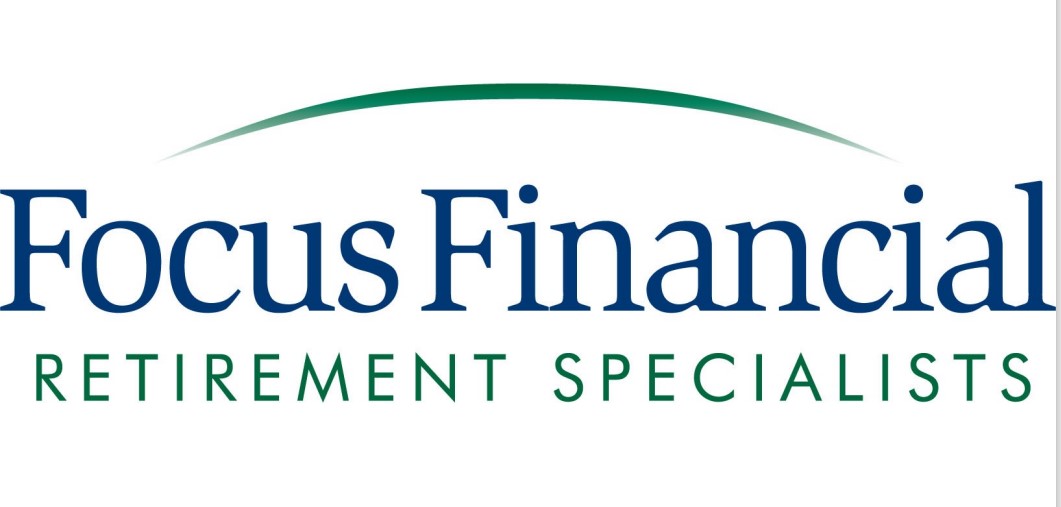As of 2020, the average credit card balance has reached over $6,200. It is not uncommon to see credit cards with interest rates as high as 24%, and the higher the rate, the more you will pay over time if only paying the minimum amount per month. As those who follow this advice can share, the balance never seems to go down. In fact, it often climbs much higher because of the interest and even late fees. So what can you do to pay down a high balance?
Step 1: Consolidate Debt
There are several banks now offering 0% APR rates for consolidation. If you have good to excellent credit, see if you can qualify for one of these offers. Note that the 0% APR does not usually last forever. You may have roughly nine to 12 months to pay off the remaining balance before the bank begins to charge an interest rate again.
There are two main ways to consolidate your account. You can take out a 0% interest card and transfer the balance. Ensure the lender allows this before you open it. Secondly, some lenders provide personal loans that you can use to consolidate credit cards and other types of debts.
Step 2: Make a Budget
Get serious about paying off your debt as soon as possible. Take a look at your monthly budget. If you don’t yet have a budget, it’s time to make one. Many people are surprised to discover where their money goes when they start to track income and expenses.
If you have trouble doing this manually, try using an app such as NerdWallet. Automating the process as much as possible is always best. What can you trim from your expenses to put toward paying down debt faster?
Step 3: Pay as Much as Possible
You can use simple methods to either save or earn enough extra money to pay another $50 to $200 per month toward debt. Use this money to start paying the highest-interest rate card first and keep going. Here are some options to consider:
- Ride your bike, walk, take the bus or ride the train a few days per week.
- Use pay increases, bonuses and tax refunds to pay down debt.
- Make your own lunch instead of eating out.
- Bring your own coffee to work.
- Start an easy side gig.
- Get a roommate.
Step 4: Delay Investing
Some financial professionals advise investing first and then paying off debt. There are pros and cons to both tactics, but paying off debt sooner can save you a lot of money you would otherwise waste on interest. The best way to decide is to consider interest rate versus earning potential.
Step 5: Try To Get a Lower Rate
The good news is that you can ask the bank for a lower rate.
Getting a lower interest rate is easiest if you have good to excellent credit, have had your account for at least a year and it is still in good standing. Be prepared to negotiate with your lenders as not all of them will jump at the idea of charging you lower interest rates on what you owe.
Millions of Americans all across the country are buried in debt. Still, there are proven ways to dig yourself out if you have the patience and the willpower. Get more information from our financial professionals at Harborfront Financial Group.
This material is for general information only and is not intended to provide specific advice or recommendations for any individual. There is no assurance that the views or strategies discussed are suitable for all investors or will yield positive outcomes. Investing involves risks including possible loss of principal.
Indexes are unmanaged statistical composites and cannot be invested into directly. Index performance is not indicative of the performance of any investment and do not reflect fees, expenses, or sales charges. All performance referenced is historical and is no guarantee of future results.
Any company names noted herein are for educational purposes only and not an indication of trading intent or a solicitation of their products or services. LPL Financial doesn’t provide research on individual equities. All information is believed to be from reliable sources; however, LPL Financial makes no representation as to its completeness or accuracy.
This material was prepared by LPL Financial, LLC
